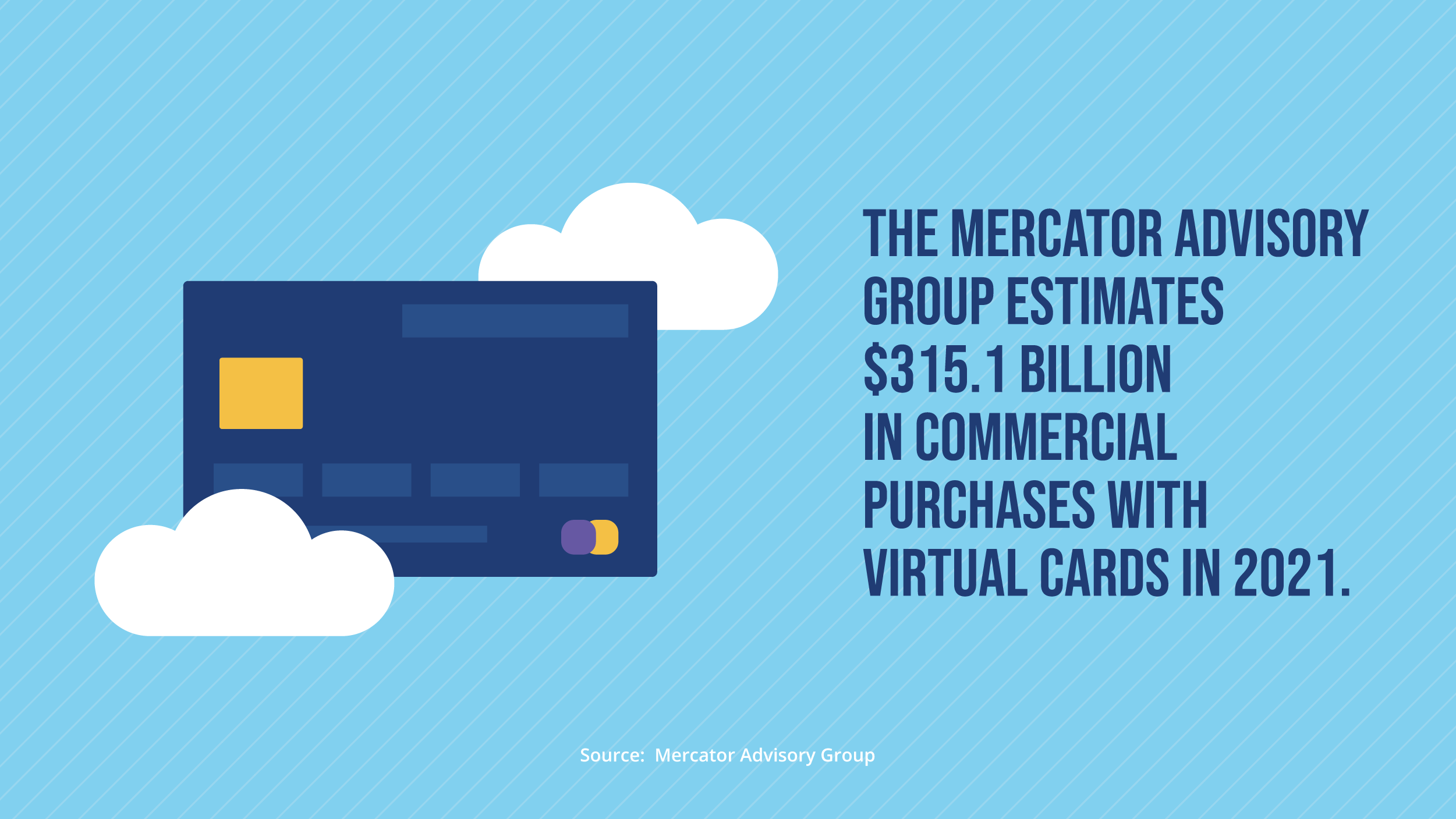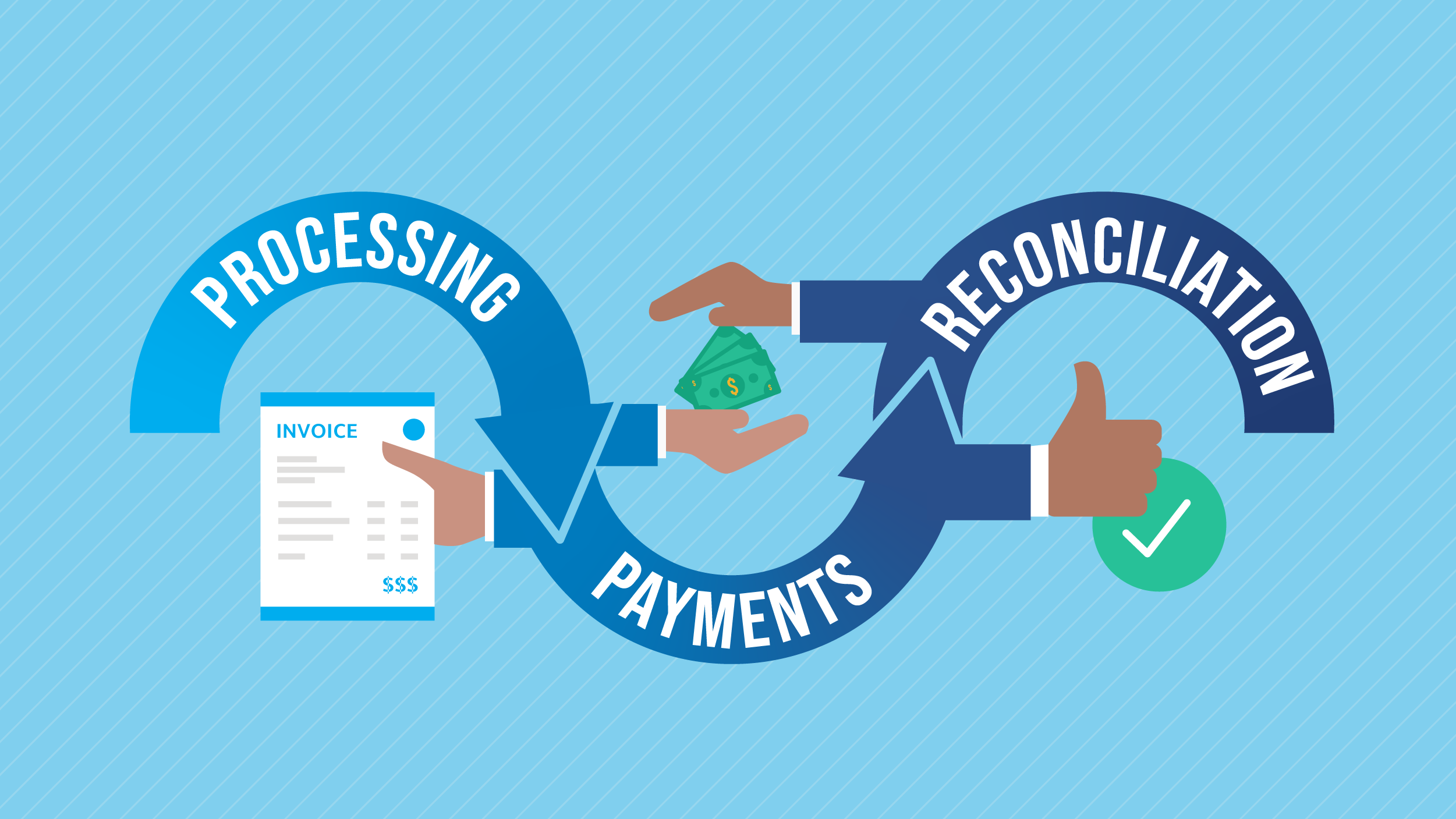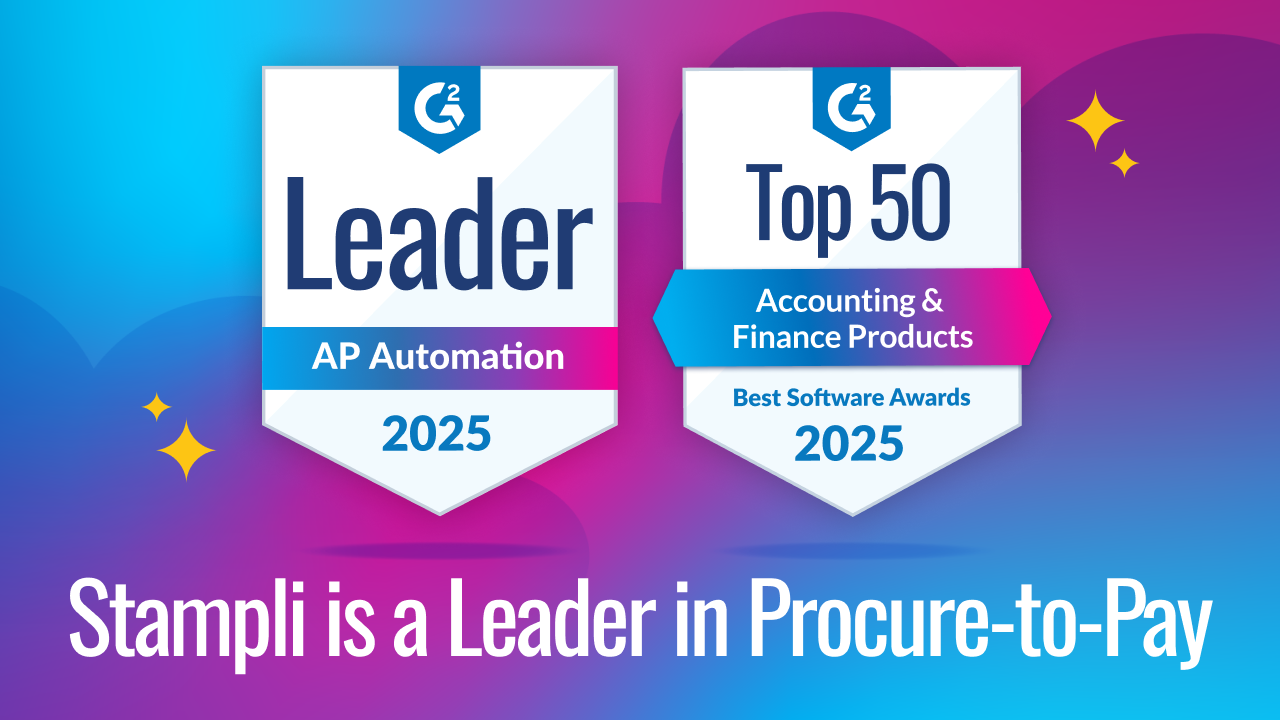The Complete Guide to Virtual Credit Cards for Business

You have to spend money to make money.
Every business owner has either said this phrase out loud or thought it privately dozens of times as they incur expenses trying to grow their company. And many are using credit cards (instead of virtual credit cards) for these expenses.
But to an accounts payable employee, that phrase carries a much different meaning apart from business growth. Are the expenses being categorized correctly? Is the employee who incurred the expense authorized to make the purchase? Does the vendor who’s receiving the payment have proper security in place to protect your business credit card?
Online payments are basically the standard these days, but they are also a major security risk that needs to be managed properly. This is where virtual credit cards come in.
In this post, we’re going to introduce the concept of a virtual credit card, explain some of the benefits to your company, and discuss some of the particular points of interest for those of us in the accounts payable department.
What is a Virtual Credit Card?

A virtual credit card, sometimes called a virtual card, is exactly what it sounds like—it’s a 16-digit code, a CVV, and an expiration date, but without the physical aspect (magnetic strip, chip, etc.) of a traditional credit card. They only work for online payments or where the card can be entered manually when in person, and they also have a bunch of other nifty features built-in when it comes to making business-to-business (B2B) payments.
Virtual cards (from the right provider) offer complete control as they can be integrated with your accounts payable (AP) automaton system, where there is a process for requesting, approving, and generating virtual credit cards based on your businesses unique needs. This process is similar to invoice processing, but the approvals take place before the purchase is made. These virtual cards also automatically capture transactions as they happen and can be synced just like invoices with your AP automation system, and then synced with your enterprise resource planning (ERP) system.
Additionally, the customization available suits any businesses virtual card needs. Virtual cards can be created for specific or general usage based on a given cardholder, a specific usage type such as one-time, multi-use, or revolving. Then with full control over the amount, vendor, purpose, and budget, you’re in the driver’s seat. That’s not all as we’ll cover additional benefits of virtual cards in-depth in the next section.
For some background, virtual cards came onto the scene just a few years ago in order to better facilitate online payments, and they’ve been rapidly growing in popularity. In fact, the Mercator Advisory Group estimates that there will be $315 billion in commercial purchases via virtual credit cards by the end of 2021. Let’s explore some of the benefits of virtual credit cards.
6 Benefits of Virtual Credit Cards
There is a wealth of rationale why companies are making the switch to virtual cards. Let’s address a few of them one at a time as we explore how they work.
Control virtual card management
Virtual cards come with flexible approvals to fit your processes whether you need multiple approvers, approval thresholds, special approval permissions, or different approval flows for different credit lines. You can determine who can approve or request credit cards within the business, and cards can even be assigned to a single or multiple cardholders.
Fraud prevention
Prevent fraud and misuse company wide with powerful permission settings of virtual cards. You can restrict certain purchase categories on all cards or restrict cardholders from being their own approvers. Virtual cards give businesses full control over card issuance, suspension and cancelations — all at the click or two of a mouse.
Cardholder accountability
With virtual cards, you get the information you need when you need it. This is because virtual cardholders are notified and reminded to upload supporting documents such as a receipt. These uploads are easy as they can be done on a mobile device or by the web on a computer. Cardholders can also view card balance and drill down into the transaction details to stay on top of the spend. When it comes to declined cards, canceled or suspended cards, or threshold limits, both managers and cardholders are notified. All of which enables cardholder accountability.
Automate capture and process card transactions
Another benefit of virtual cards is that card transactions are automatically captured and synched with your AP automation system for seamless invoice management processes, which is automatically coded based on predefined invoice fields during the card creation process. This combination of AP automation and spend management with virtual cards also learns vendors based on past actions, and even identifies potential invoice matches to avoid duplicate payments.
No more shadow spend
Shadow spend is commonly defined as the process by which employees bypass corporate procurement policies and make card purchases without receiving authorization. Virtual cards connected to an AP automation system provide complete control over corporate card spend. This is because both the approval and card issuance processes take place before the purchase is made. Then when a purchase is made as mentioned in the automated capture and process card transactions section, all transaction details are immediately available in the AP automation system.
Direct integration into AP process

While this is a limited feature, virtual cards as in the case with Stampli Card will automatically sync with your financial system so you can process your credit card transactions like invoices, with full documentation and verification. GL Coding, invoice fields and approvals are set at card issuance, so AP can process transactions quickly and in bulk. Then matching transactions will be identified if a new invoice is received to save time by consolidating details into one.
Introducing Stampli Card; a virtual card from Stampli
Stampli’s mission has always been to provide both Controllers and their AP team full control and visibility over all company spend, regardless of payment methods. At Stampli, we believe payment methods shouldn’t determine the process, rather, AP determines the process. We first introduced the optional Stampli Direct Pay to provide finance control over check and automated clearing house (ACH) payments, and an extension of that is now with the optional Stampli Card.
With Stampli Card added to the platform, this makes Stampli most powerful way to issue, process, and control corporate credit card spend inside an AP automation system. With Stampli Card, our users can enjoy the following benefits:
Complete control over credit card usage
Create cards for specific or general usage based on cardholder, usage type (one-time, multi-use, revolving), amount, vendor, purpose, and budget.
Instantly create cards—with controls
Use configurable Stampli Card request & approval workflows to quickly create new cards based on your controls—and instantly suspend or cancel cards as needed.
Use Stampli Card your way
Use Stampli Card for all or some of your credit card transactions. We will never contact your vendors to encourage them to accept corporate credit card payments.
No more waiting until the monthly statement
View Stampli Card transaction details as they happen—purchaser, amount, merchant, purpose.
No more chasing down credit card purchases
After a purchase, auto alerts are sent to Stampli Card cardholders to add supporting documents. Suspend cards of frequent non-responders!
No more credit card silos
Process Stampli Card transactions together with all your invoices for increased visibility & streamlined AP processing.
Interested in Stapli Card for your business? Drop us a line today!




